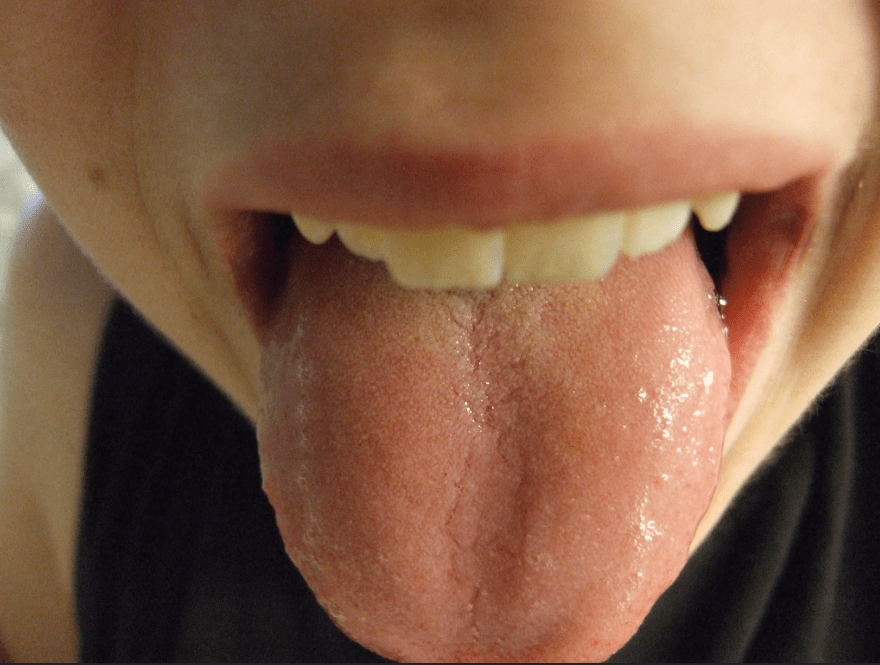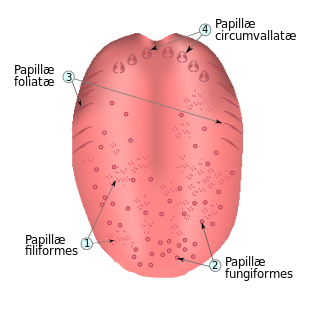We all know the important role brushing and flossing play in our overall oral health. But what many people don’t know is the pivotal role our tongue plays in revealing the intricacies of our overall oral well-being.
Known as the window to your health, your tongue provides important clues about what is happening inside your body. From discolorations to textures, simple changes to your can offer valuable insights into your overall health.
In this article, we explore what a healthy tongue looks like, what signs to look out for and how to understand what your tongue is trying to tell you about your oral health.
The Diversity of the Human Tongue
A necessary part of eating, tasting, swallowing, and speaking, your tongue is more than just a sensory powerhouse; it’s a marvel of diversity. Its surface can reveal a multitude of textures, colors, and coatings, each providing a unique glimpse into your oral health.
Beneath its visual intricacies lies an even more astounding aspect of the tongue — taste buds. Your tongue contains an incredible 10,000 taste buds, each boasting between 50 and 150 receptors. Your taste receptors play a crucial role in detecting different flavors, allowing you to appreciate the richness of your food.
The Importance of Tongue Health
A healthy tongue is important not only to your oral but your overall health, contributing to various aspects of your well-being. Beyond its role in taste and speech, the tongue serves as a key player in maintaining optimal oral hygiene.
Poor oral hygiene can lead to a myriad of issues, including tongue pain, tooth decay and gum disease. Neglecting the health of your tongue may not only result in discomfort but also contribute to more serious conditions.
Regular cleaning of the tongue helps prevent the buildup of bacteria and debris, reducing the risk of gum disease, bad breath, and other oral issues. The tongue is also a valuable diagnostic tool, with changes in color, texture, or discomfort potentially signaling underlying health conditions such as canker sores, oral lichen planus or even mouth cancer.
What Does a Healthy Tongue Look Like?
A healthy tongue should typically be light pink with a thin white coating and a slightly bumpy texture.

The papillae, tiny projections on the tongue, contribute to its slightly textured appearance.

A healthy tongue is free from ulcers, sores, or abnormal coatings. While variations in color and texture can be normal, any persistent changes, discomfort, or discolorations warrant attention, as they may signify underlying health issues.
Beyond visual cues, paying attention to the sensations on your tongue is equally crucial. A tingling or burning sensation might be linked to various factors, including nutritional deficiencies, allergies, or even stress. These subtle signals, when recognized and addressed, can contribute to maintaining not just your oral health but your overall well-being.
The Tale of the Tongue: What Signs You Should Lookout For
White Coatings: Candida or Dehydration?
If you have a white coating on your tongue, it could indicate a variety of factors. A thin, white layer might simply be debris and dead cells, easily resolved with proper oral hygiene. However, a thicker, cottage cheese-like coating may signal a fungal infection, such as oral thrush.
On the other hand, persistent dehydration or dry mouth can also manifest as a white-coated tongue, which is why it’s important to stay adequately hydrated for both your oral and overall health.
Red Flags: Discolorations and Bumps
The color of your tongue can give you clues about your mouth’s health.
Tongue discoloration can range from harmless variations to indicators of more serious issues. A persistent red tongue or strawberry-like appearance might point to Kawasaki disease or a vitamin deficiency. Discolorations on the tongue can also be caused by conditions such as hairy tongue, geographic tongue, or scarlet fever.
Persistent red or white patches could be early signs of serious conditions such as oral cancer, which is why it’s crucial to have regular dental check-ups for both prevention and early detection.
Taking Charge of Your Oral Health – The Importance of Good Oral Hygiene
Caring for your tongue is an integral part of comprehensive oral care, and luckily, there are plenty of quick and easy things you can do to maintain the health of your tongue.
Gentle brushing or scraping of the tongue’s surface can help remove bacteria, debris, and dead cells, promoting a healthier oral environment while maintaining a well-balanced diet, staying hydrated, and scheduling regular dental check-ups also helps in safeguarding your oral health.
Let’s dive a little deeper.
How to Take Good Care of Your Tongue
Don’t Neglect Your Tongue When Brushing Your Teeth
If you don’t already, you should aim to brush your teeth at least twice a day. While brushing, give your tongue a good going over, too, as this will help remove bacteria, food particles, and dead cells that have built up. To do it, add a small amount of toothpaste to the toothbrush and brush your tongue gently from the back to the front. Brush gently, as too much pressure can damage your tongue.
Scrape Your Tongue

For a more thorough cleaning of your tongue, it’s worth investing in a tongue scraper. Often made of soft, flexible plastic, a tongue scraper gently scrapes away the layer of mucus and the bacteria that grows on the tongue.
To remove any residual bacteria, wash the tongue scraper with warm water after use.
Rinse Your Mouth Well
Following brushing or scraping your tongue, thoroughly rinse your mouth to remove residual bacteria, food particles, and dead cells.
A warm saline solution can also be made by mixing warm water with a teaspoon of salt to help remove the majority of bacteria off your tongue.
Stay Hydrated
Staying hydrated plays an important role in your overall health, as well as the health of your tongue. Keeping your mouth and tongue clean by drinking plenty of water can help remove food debris and bacteria. To ensure you’re well hydrated, make sure you drink plenty of water throughout the day, particularly after eating.
Maintaining Your Oral Health and Tongue Health

Beyond its roles of speaking, tasting, and chewing, your tongue is a pivotal part of not just your oral but overall health. Your very own diagnostic tool, its color, texture and coating offers deep insights into what’s happening within your body.
Regular cleaning of the tongue is crucial in preventing the buildup of bacteria and debris, reducing the risk of gum disease, bad breath, and other oral issues. It is also important to monitor the color, texture, and discomfort of the tongue since these can signal underlying health concerns.
Regular dental check-ups can help ensure the health of your tongue and, by extension, your overall oral well-being. Book yours today.

